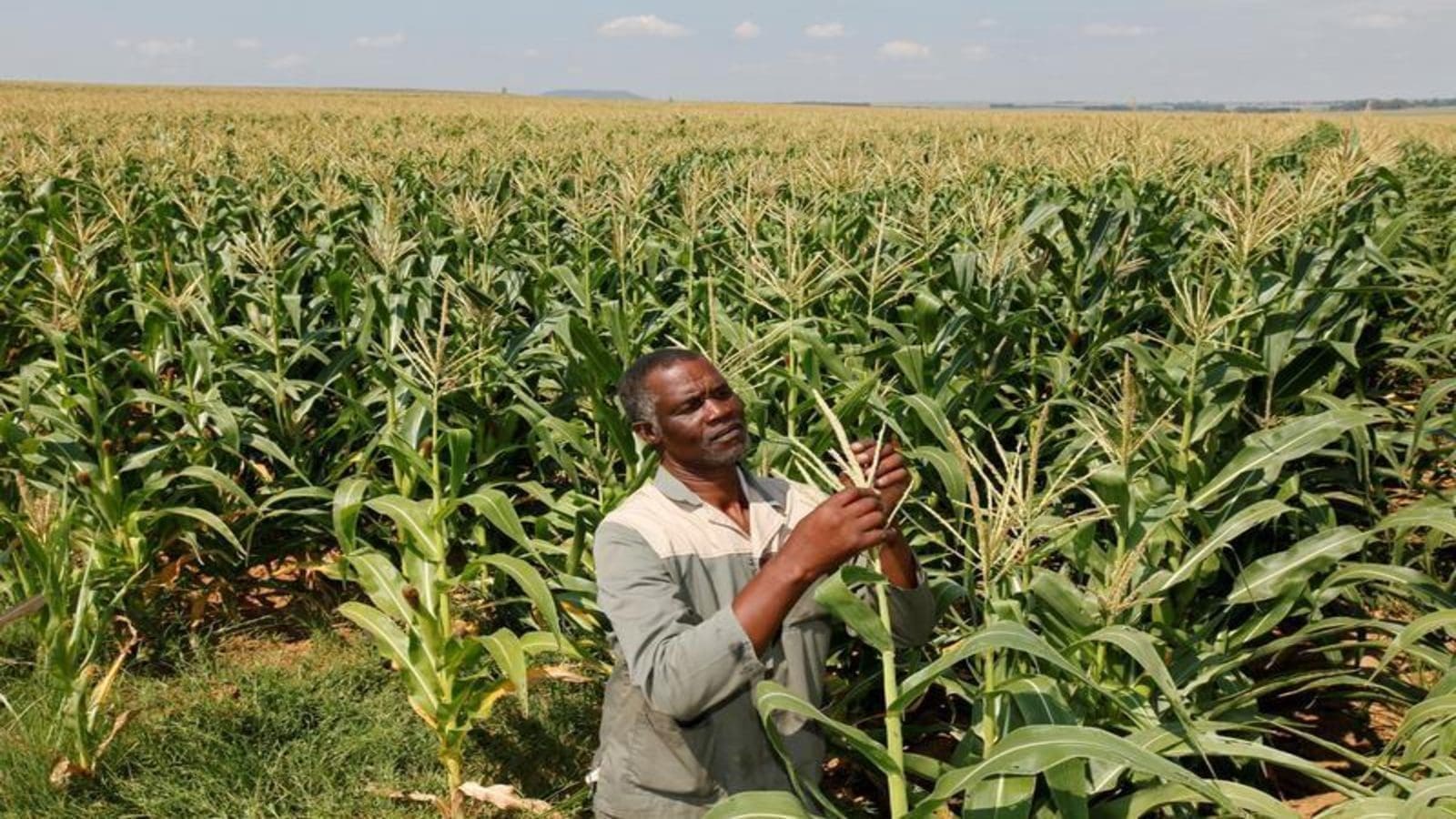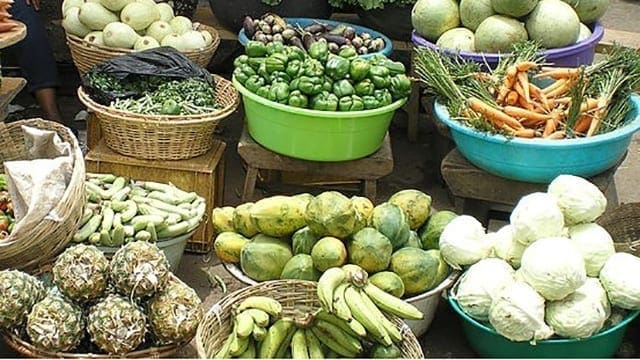SOUTH AFRICA— United States Department of Agriculture Pretoria Post forecasts that South Africa’s commercial corn area in marketing year (MY) 2022/23, will remain flat at 2.6 million hectares (MHa), the current high input cost environment currently deterring any bullish outlook in expanding corn area.
In addition, Post foresees that the positive trend in soybean plantings will continue in MY 2022/23, affecting an expansion in corn area. Assuming normal weather conditions and including the subsistence farming sector, South Africa’s total corn crop for MY 2022/23 is forecast to reach 15.6 million metric tons (MMT).
South Africa’s corn crop for MY 2021/22 is estimated at 15.3 MMT, which is nine percent less than MY 2020/21’s corn crop of 17.0 MMT, mainly due to excessive rainfall at the start of the growing season and a four percent drop in area.
South Africa’s economic struggles from prevailing policy uncertainty, structural constraints, the impact of the Russia/Ukraine conflict and the remaining consequences of the COVID-19 will hinder any major upsurges in the demand for corn, especially with the current upward trend in commodity prices.
As a result, Post maintains its previous estimate and forecast for the commercial demand for corn in South Africa in MY 2021/22 and MY 2022/23 at 11.8 MMT and 12.0 MMT, respectively. This represents a marginal growth rate from MY 2020/21.
South Africa is expected to maintain its status as a net exporter of corn in MY 2022/23. Post estimates South Africa will export around 2.5 MMT of corn on an estimated commercial corn crop of 15.0 MMT.
For MY 2021/22, Post estimates South Africa will export 2.2 MMT. In the first eight weeks of MY 2021/22, South Africa already exported 708,878 MT of corn, primarily to Taiwan, Japan, and Vietnam.
South Africa’s local corn prices are trading in correlation with export parity levels, an indication of the availability of surplus corn in the local market. However, during the past four months local corn prices surged by almost 30 percent following the trend of higher global corn prices driven largely by uncertainty in the market created by the Russia-Ukraine conflict.
Liked this article? Subscribe to Food Business Africa News, our regular email newsletters with the latest news insights from Africa and the World’s food and agro industry. SUBSCRIBE HERE










